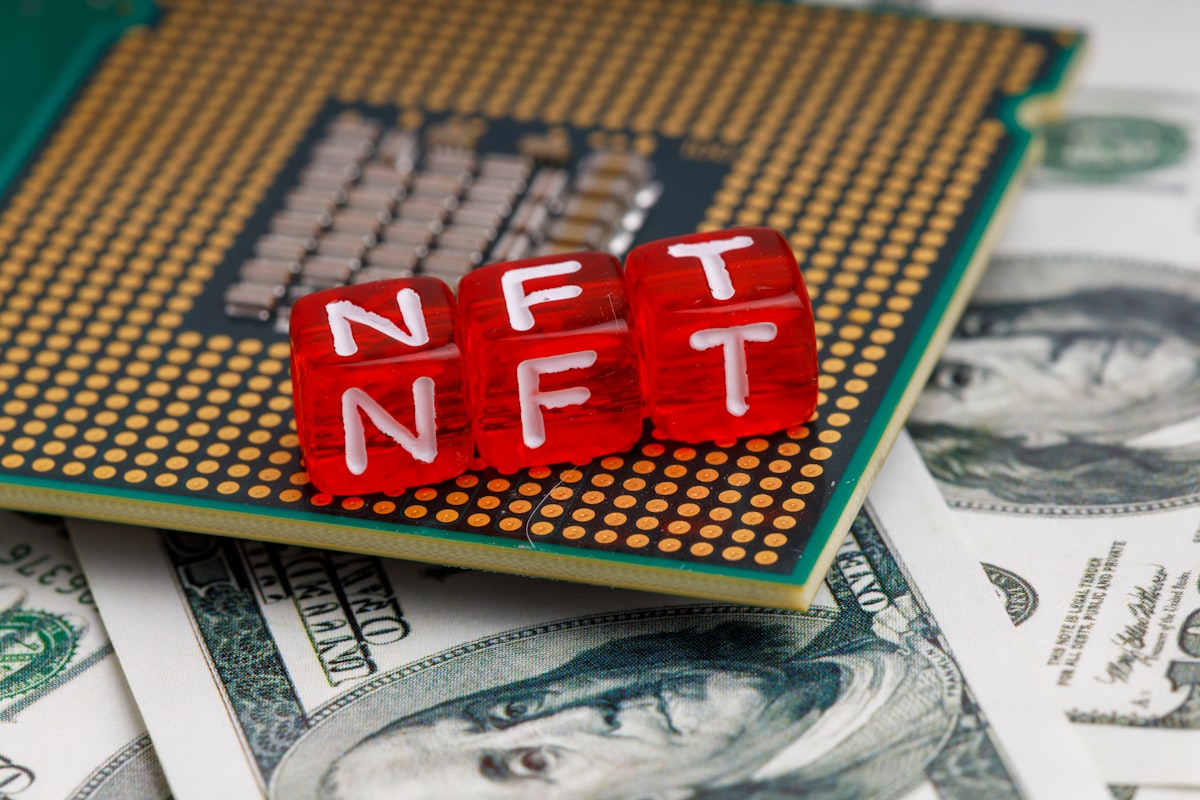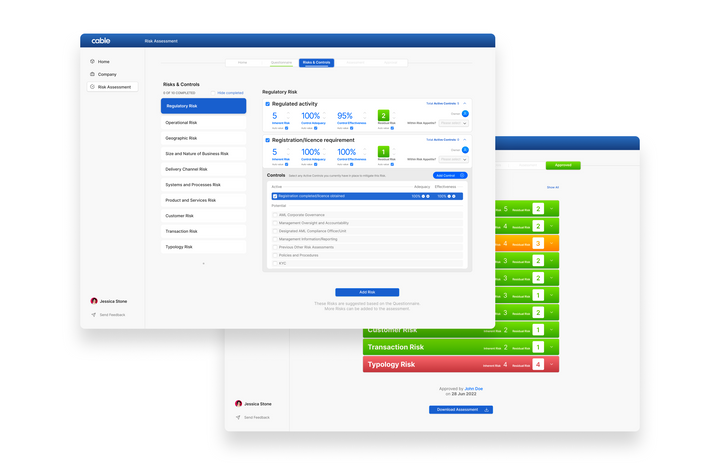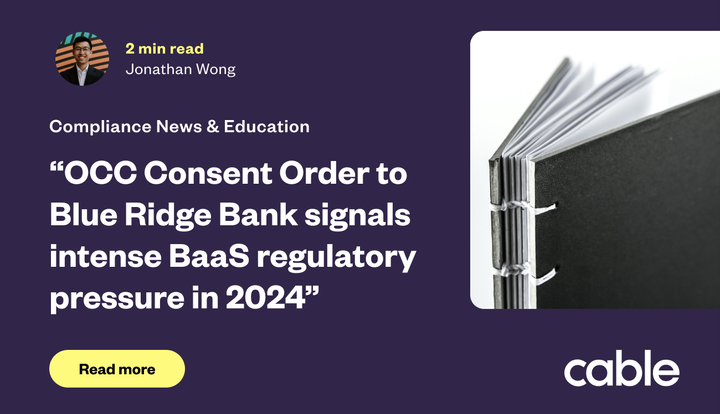How to address the J5’s first NFT financial crime red flags

Last week, the Joint Chiefs of Global Tax Enforcement (J5), issued a first-of-its-kind “intelligence bulletin” on Non-fungible Tokens (NFTs) marketplace red flags for financial institutions, law enforcement, and private citizens. Compliance officers should review these red flags as the J5’s bulletin provides practical and unique insights into the financial crime risks posed by the rapidly expanding NFT space.
What is the J5 and what did it say?
The J5 was formed in 2018 in response to the OECD’s call for countries to increase efforts to combat tax crime, and is made up of tax enforcement authorities from the U.S., U.K., Canada, Australia, and the Netherlands. The J5’s bulletin represents the cumulative insights drawn from the J5 tax enforcement authorities' previous investigations, and lists a non-inclusive set of 24 “strong” and “moderate” red flags related to NFTs that may be indicative of potential illicit financial activity.
The J5’s red flags cover a wide variety of account or transaction indicators to watch out for, including wash-trading, phishing scams, fake token giveaways, social media scams, NFT collections from high-risk areas, unverified or missing details about NFTs, and other money laundering or fraud indicators. You should review the full list to identify red flags relevant for your business.
Additionally, you should note the J5’s bulletin is only the “first of many” reports intended by the J5 to help financial institutions combat money laundering and tax crime involving virtual assets. So compliance officers – make sure that the J5 is on your list of sources to check for financial crime red flags!
What are the financial crime risks posed by NFTs?
NFTs saw an incredible surge in trading activity in 2021. NFT trading volume in Q1 2021 exceeded $1.5 billion, representing 2,627% growth over the previous quarter, according to a February 2022 U.S. Treasury Department report. Financial crime risks arise from the ease with which NFTs can be transferred, the lack of standardized due diligence processes across platforms, and the lack of transparency in NFT markets.
As mentioned above, one of the J5’s red flags and a major risk in NFT marketplaces is wash-trading, which involves the same person buying and selling an NFT to artificially inflate the NFT’s apparent value. According to an analysis by Chainalysis, some NFT wash-traders have made significant profits through this method by taking advantage of unwitting buyers. Regulators are also aware of this activity and its connection to money laundering and other illicit schemes. For example, in the U.K., HMRC recently conducted its first seizures of NFTs in a VAT fraud scheme that involved wash-trading of NFTs by the fraudsters.
More generally, the study by Chainalysis also suggests illicit actors (including potentially sanctioned persons) use NFT marketplaces to engage in laundering of illicit proceeds. As with physical art, NFTs can be bought by criminals with illicit funds, then sold to other parties to wash and replace the illicit funds with clean funds. The J5’s bulletin affirms the money laundering risks posed by NFTs and provides several indicators to be alert for, such as the simultaneous purchase of multiple low-value NFTs followed by a sale of the NFTs shortly thereafter, or the purchase and sale of clearly over- or under-priced NFTs in a short time span.
What actions should compliance officers take?
First, you should ensure that you monitor future J5 publications for forthcoming information about virtual asset and financial crime risks posed to financial institutions. The J5 appears intent on sharing useful information and highlighting illicit financial activity indicators in the virtual asset space.
Second, you should review the entire list of 24 NFT red flag indicators to check for any that may be relevant to your business. Does your team need to incorporate these risks into initial or ongoing customer due diligence processes? What about your overall risk assessment? The J5’s red flags are particularly important to consider when asking about customers’ source of funds or wealth, or assigning or updating risk ratings based on customers’ activities.
Finally, the risks posed by NFTs cross over multiple financial crime areas, including fraud, money laundering and sanctions. Compliance officers need to ensure your functional teams in each of these areas are not siloed, understand the NFT red flags, and know what to do if they see one of these indicators. The last thing you want to do is miss important information you could have and should have known!



